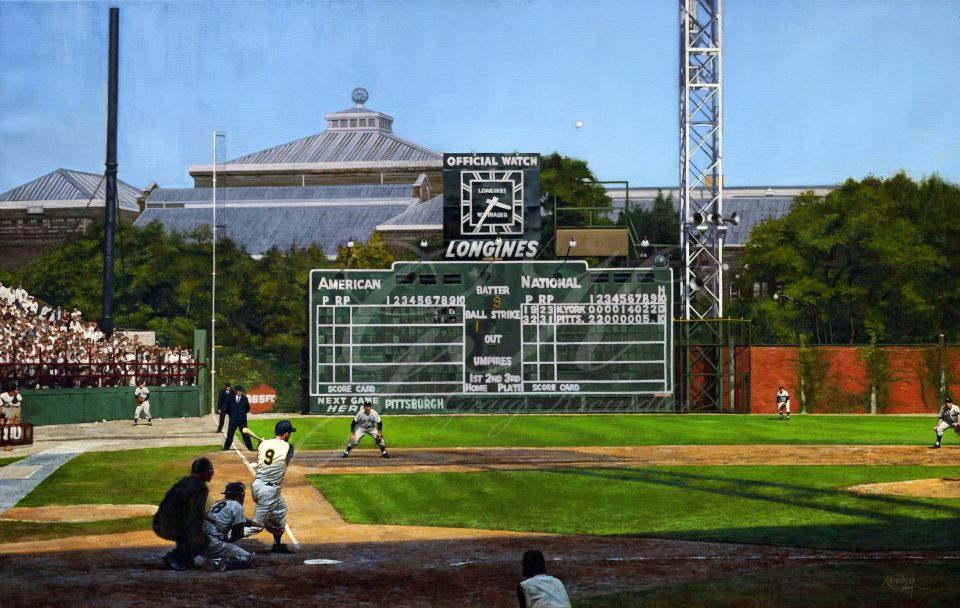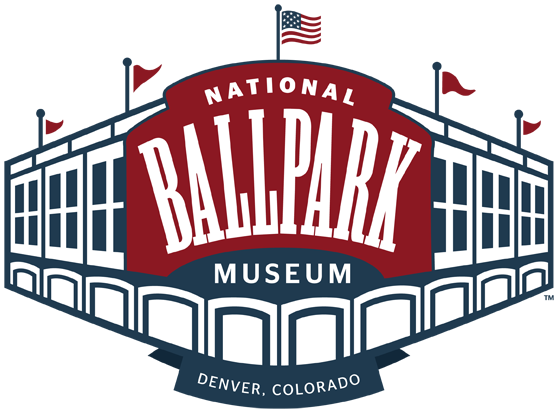
Forbes Field was a baseball park in the Oakland neighborhood of Pittsburgh, Pennsylvania, from 1909 to June 28, 1970. It was the third home of the Pittsburgh Pirates Major League Baseball (MLB) team, and the first home of the Pittsburgh Steelers, the city’s National Football League (NFL) franchise. The stadium also served as the home football field for the University of Pittsburgh “Pitt” Panthers from 1909 to 1924. The stadium was named after its adjacent street, Forbes Ave., itself named for British general John Forbes, who fought in the French and Indian War and named the city in 1758.
The US$1 million ($28.8 million today) project was initiated by Pittsburgh Pirates’ owner Barney Dreyfuss, with the goal of replacing his franchise’s then-current home, Exposition Park. The stadium was made of concrete and steel, the first such stadium in the National League and third in Major League Baseball, in order to increase its lifespan. The Pirates opened Forbes Field on June 30, 1909, against the Chicago Cubs, and played the final game against the Cubs on June 28, 1970. The field itself featured a large playing surface, with the batting cage placed in the deepest part of center field during games. Seating was altered multiple times throughout the stadium’s life; at times fans were permitted to sit on the grass in the outfield during overflow crowds. The Pirates won three World Series while at Forbes Field and the other original tenant, the Pittsburgh Panthers football team had five undefeated seasons before moving in 1924. Indeed, it was the late-fifties resurgence of its long-dormant baseball franchise, rather than any intrinsic properties of the stadium itself, that led broadcaster Bob Prince to dub Forbes Field “The House of Thrills” in 1958.
Some remnants of the ballpark still stand, surrounded by the campus of the University of Pittsburgh. Fans gather on the site annually on the anniversary of Bill Mazeroski’s World Series winning home run, in what author Jim O’Brien writes is “one of the most unique expressions of a love of the game to be found in a major league city”. *
FORBES FIELD FACTS #
- First base is by a misspelled street. Boquet Street was named for General Henry Bouquet, a Swiss soldier who fought for the British in the French and Indian War’s decisive battle at Fort Duquesne.
- The field was named for General John Forbes, a British general in the French and Indian War who captured Fort Duquesne and renamed it Fort Pitt in 1758.
- Ivy-covered brick wall in left and left-center.
- The 14-foot Longines clock with speaker horns on top of the left-field scoreboard was out of play – a drive hitting it was a home run.
- Fans in the upper-left corner of the left-field bleachers could not see the plate because of the third base grandstand, which stood between them and the plate.
- The right-field roof was 86 feet high.
- The University of Pittsburgh’s Posvar Hall currently occupies the former infield. The center-field and right-center brick walls still stand, along with the base of the flagpole. Mazeroski Field, a Little League diamond beyond the left-field brick wall, still remains. Roberto Clemente Drive now bisects the site and runs about 10 feet under what used to be the playing surface of the outfield.
- During World War II the right-field screen could not be replaced because of the priority given to the war effort. It deteriorated badly.
- A no-hitter was never pitched there.
- Home plate remains in almost its exact original location, but it is now encased in glass on the first-floor walkway of the University of Pittsburgh’s Posvar Hall.
- Very hard infield surface caused bad hop that knocked out Yankees shortstop Tony Kubek during the last game of the 1960 World Series which the Pirates won.
- In the 1920s cars and trucks were repaired and sold beneath the left-field bleachers.
- Right-field stands were built in 1925, reducing the distance to the right-field foul pole by 76.5 feet. The right-field screen was added in 1932. It was taken down for a short period and then put back up.
- Greenberg Gardens (also called Kiner’s Korner) was the area between the scoreboard and a chicken-wire short fence in left put there to increase home run production from 1947 to 1953. It was called Greenberg Gardens in 1947, Kiner’s Korner from 1948 to 1953.
- In 1938, with the Bucs apparently on their way to the World Series, they built a third deck of seats behind the plate called the Crow’s Nest, which boasted the major leagues first elevator. The Bucs finally made the Series–22 years later.
- Babe Ruth stroked the last three home runs of his career at Forbes Field on Saturday, May 25,1935 in front of about 10,000 fans. It was reported in the papers several days later that the final blow, which was the first ever to clear the then 10 year old right field roof, came to rest on the roof of 318 Boquet Street, a rowhouse which survives to this day. The ball was reportedly retrieved by Gus Miller, then chief of the Forbes Field ushers.
- Forbes Field scoreboard
- It was here, in May 1956, that Dale Long homered in his eighth game in a row, a major league record.
- Hosted the 1959 (I) and 1944 All-Star games.
- Fires damaged park on December 24, 1970, and July 17, 1971. Demolition began on July 28, 1971.
Read our ‘Stadium Seat Spiel’ Article on Forbes Field
*Source Wikipedia
#Source ballparks.com
BELOW ARE SOME OF THE ARTIFACTS FROM FORBES FIELD IN THE MUSEUM – CLICK THE IMAGES FOR A LARGER VIEW
